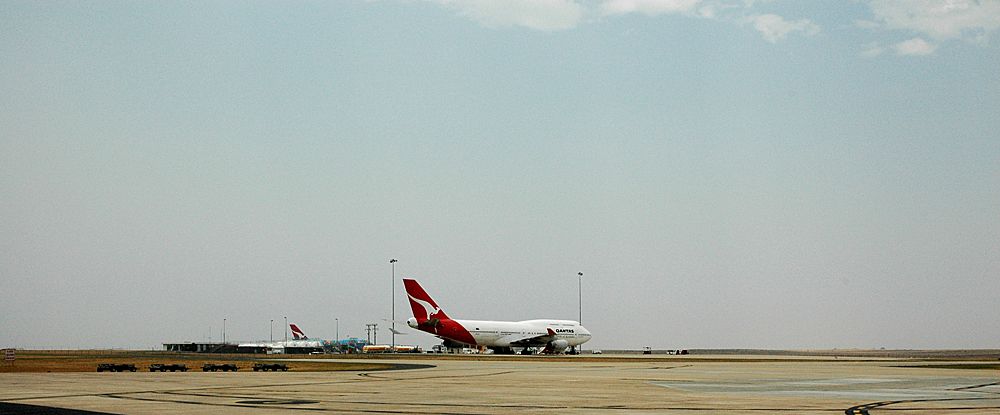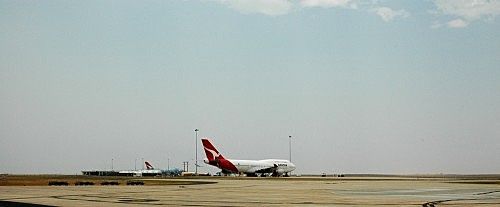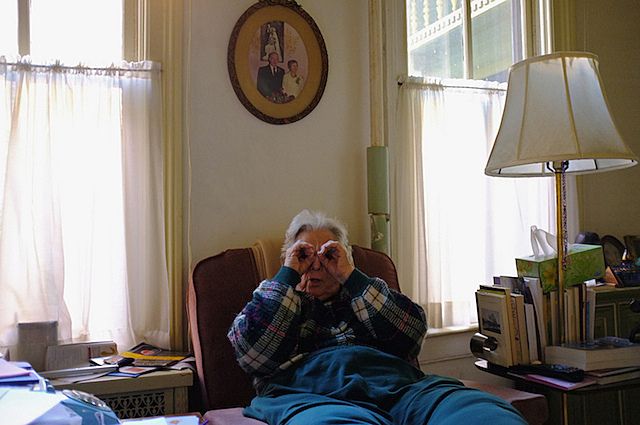Commonly Occurring: A Guide for Airport Incident Spotters
Excerpts from 'Commonly Occurring', a guide for the the novice airport incident spotter.
‘Commonly Occurring’ was created to help the novice incident spotter identify commonly occurring reportable incidents at airports and in the air. Such incidents include: items found on the runway, passenger and crew errors, uncleared entries onto the runway or taxiway and failures to comply with Air Traffic Control instructions as well as fires, failures and spurious alarms.
The book came out of my interest in aviation and the combination of anxiety and fascination it engenders. The evolution of aviation from a risky sport (viewed as much for the crashes as the flights) to a corporately-managed mass transport system has been marked by the introduction of risk management procedures. Like so many other parts of contemporary life, risks are identified, tracked, and classed as acceptable or not. We, the flying public, shift our perceptions of risk in response to public relations campaigns, media reporting on disasters and safety records and, in the case of Qantas in the late 1980s, on Rainman’s advice.
The publication’s form, a spotting guide, references the activities of aviation enthusiasts who engage in aircraft spotting. But the book is more than an esoteric spotting guide. It’s an exploration of the poetics of aviation through the literary form of risk management reporting. Drawing from the tradition of appropriative conceptual writing, each piece was sourced from approximately 8,000 incidents reported to the Australian Transport Safety Bureau over 2010-2011. None of the incidents in the book were deemed in need of investigation: the reports were routine, written in language that was both deceptively banal and formally awkward.
[caption id="attachment_6040" align="alignnone" width="500"] Avalon Airport, Victoria, Australia, Melissa Laing, 2008[/caption]
During a routine inspection, the safety officer retrieved:
a block of wood on runway 23,
a rag on the runway near the touchdown point,
a section of metal pipe with securing nut,
a wheel on the edge of the runway surface,
a small curved piece of metal found on runway 06,
down strapping from taxiway H3 holding point,
a signal horn from taxiway H2N centreline,
an 8 cm long piece of metal from the taxiway,
a piece of brake lining from runway 09/27,
a screwdriver from taxiway B,
a clump of grass from runway 10,
a beer can and a piece of paper,
a clip board,
clear plastic film that passed under an aircraft,
a plastic water bottle, a piece of cloth,
a screwdriver,
a small handle from the taxiway,
a stainless steel bolt,
a small metal pin,
and several foreign objects.
A socket and socket spanner,
a plastic bag containing items that had fallen from the
baggage hold of a departing Cessna 210,
the brake disc rotor of a tug,
and several pieces of wire,
were retrieved during a routine runway inspection.
A taxiway was closed while ground staff removed debris:
a mouthpiece from an engineer’s headset,
a work light,
and a reverse thrust stopper.
The safety officer retrieved the wing of a
Nankeen Kestrel from the taxiway.
An injured bird was retrieved from runway 32.
A snake carcass,
a Micro Bat,
a Freetail Bat,
a lizard,
a Fruit Bat,
a Flying Fox,
a small animal carcass,
and a rat carcass,
were removed from the runway.
A passenger boarded the aircraft with undeclared
dangerous goods:
a camping gas cylinder,
cigarette lighters,
shotgun ammunition and weapon parts,
camp stove with fuel residue,
motorbike suspension spring with compressed air and oil,
lithium batteries,
lithium batteries,
lithium batteries,
lithium batteries,
lithium batteries,
lithium batteries,
lithium batteries,
lithium batteries,
two cartridges containing butane gas,
butane propane gas mix cylinder,
flammable gas,
fuel additive used for motor vehicles,
a container of pepper spray,
lithium batteries.
A ride-on mower,
a car,
a bus
a fuel tanker,
a pedestrian,
a parachutist,
a safety car,
a tug,
and a water tanker,
entered the runway without a clearance.
The pilot was not in normal communication with ATC
for:
10 minutes.
13 minutes due to interference.
22 minutes.
Tindal radar failed for four minutes.
Tindal radar failed for four minutes.
Tindal radar failed for six minutes.
Tindal radar failed for seven minutes.
Tindal radar failed for seven minutes.
Tindal radar failed for 11 minutes.
Tindal radar failed for 15 minutes.
Tindal radar failed to attach to the Brisbane ATC system
intermittently for at least 15 minutes.
Tindal radar failed for 18 minutes.
Tindal radar failed for 25 minutes.
Tindal radar failed for one hour.
Tindal radar failed for 1 hour and 48 minutes.
Tindal radar failed.
Tindal radar failed.
Tindal radar failed.
After landing in long grass, the grass was set alight by the
engine exhaust pipe and the helicopter was seriously
damaged by the fire.
An engineering inspection revealed:
a cylinder had failed,
a sheared drive shaft on the engine-driven fuel
pump,
an O ring in the propeller control unit had failed,
a faulty rudder trim actuator,
a fault with the Attitude Heading Reference
System,
a small sliver of metal,
a 1 mm hair like splinter,
a faulty thermostat,
a broken metal cowl latch,
a failed primer line,
an APU oil seal failure,
a deteriorated high pressure shroud segment due
to the high pressure shroud feather seals not being
installed at production,
an open circuit in the engine heat probe,
a cracked brake line,
an area of delamination at the lower edge of the
windscreen and oxidation within the laminate,
a faulty door seal caused by a small stone (tarmac
gravel) that had put a hole in the bottom of the
seal.
As the engine was being shutdown, the throttle was
inadvertently opened and the aircraft rolled forward
striking a vehicle.
During climb, the aircraft was struck by lightning.
During climb, the aircraft was struck by lightning.
During climb, the aircraft was struck by lightning.
During climb, the aircraft was struck by lightning.
During climb, the aircraft was struck by lightning.
During climb, the aircraft was struck by lightning.
During climb, the aircraft was struck by lightning.
During climb, the aircraft was struck by lightning.
During climb, the aircraft was struck by lightning.
During climb, the aircraft was struck by lightning.
During climb, the aircraft was struck by lightning.
During climb through cloud,
the aircraft was struck by lightning.
During cruise, the aircraft was struck by lightning.
During cruise, the aircraft was struck by lightning.
During cruise, the aircraft was struck by lightning.
During cruise, the aircraft was struck by lightning.
During flight, the aircraft was struck by lightning.
During flight, the aircraft was struck by lightning.
During flight, the aircraft was struck by lightning.
During flight, the aircraft was struck by lightning.
During flight, the aircraft was struck by lightning.
‘Commonly Occurring’
Publication concept and design by Melissa Laing
Material drawn from the Australian Transport Safety Bureau Aviation
Safety Database, August 2010 to August 2011.
Published by Laing Publishing, 2012.
ISBN: 978-0-473-22034-1
Pages: 156
Cost: $35
Copies can be ordered from Melissa Laing or from Split/Fountain.
Melissa Laing is an artist, curator, and theorist who has exhibited and published in New Zealand and internationally. Her work explores (in)security discourses, nation state territory and migration through the intersection of art and theory. She was awarded a PhD in 2008 from the University of Sydney and currently works for ST PAUL St Gallery, AUT.



